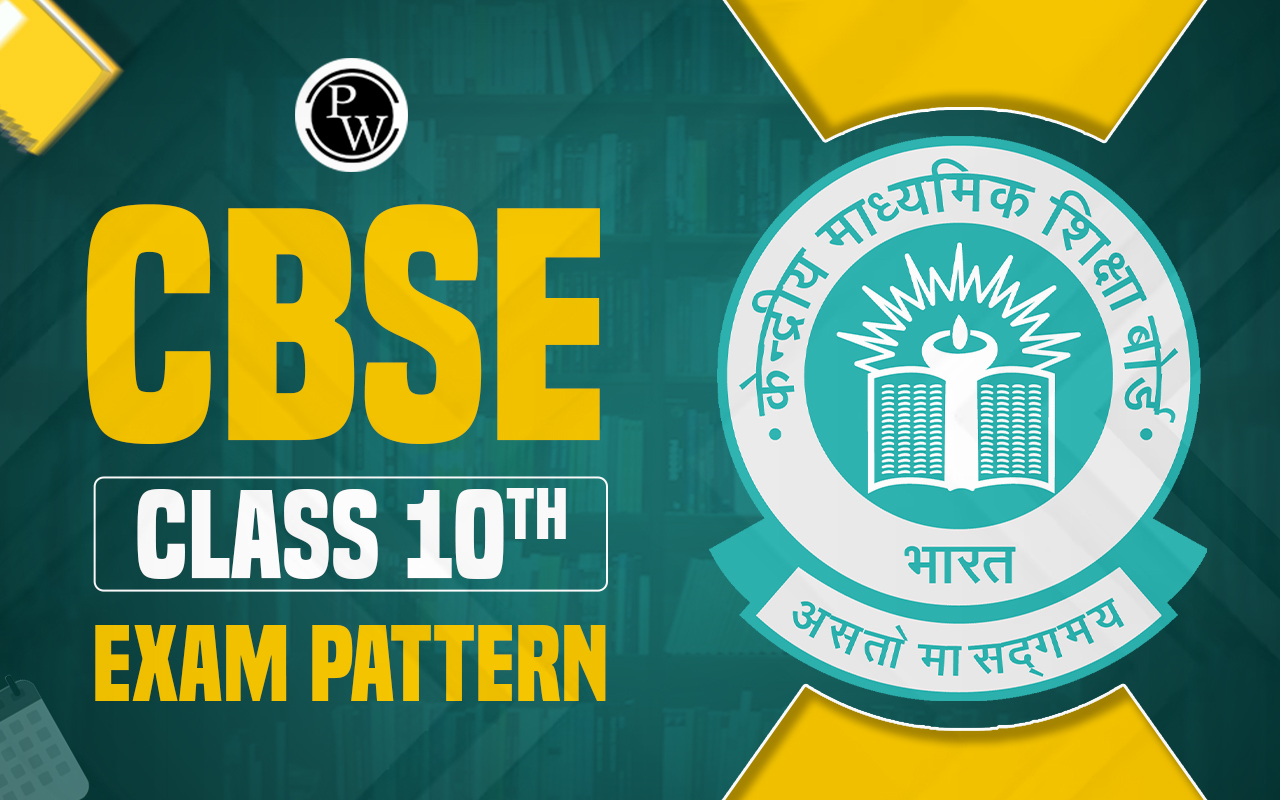
How To Write A Conclusion: Writing a conclusion is a crucial aspect of any piece of work, be it a research paper, project, report, assignment, or presentation. The conclusion serves as the final impression you leave on your audience, summarizing your key points and tying together the threads of your work. In this comprehensive guide, we will explore the variation of crafting an effective conclusion, tailoring our advice to different types of documents and presentations. Let's discuss the art of concluding with simplicity and impact.
How To Write A Conclusion
Below are some key points of How To Write A Conclusion.
Understanding the Purpose
Before discussing the specifics, it's essential to understand the purpose of a conclusion. A conclusion is not merely a summary but a synthesis of your main ideas. It's your last opportunity to communicate your message, leaving a lasting impression on your readers or audience.
Recapitulating Key Points
Start your conclusion by recapitulating the key points of your work. This reinforces the main ideas and ensures that your audience has a clear understanding of what you've discussed. Avoid introducing new information. instead, focus on summarizing what has already been presented.
Restating the Thesis
For most types of written work, restate your thesis in a slightly different way. This brings the focus back to the main argument or objective of your piece. However, avoid duplicating your thesis statement precisely, aim for a fresh perspective that adds depth to your conclusion.
Addressing the "So What?" Factor
Answering the "so what?" The question is crucial in a conclusion. Explain the significance of your findings or arguments. Why should your audience care about what you've presented? How does it contribute to the broader context or understanding of the topic? Addressing these questions adds depth and relevance to your conclusion.
Call to Action or Future Implications
In certain contexts, especially in projects, reports, or presentations, consider including a call to action or discussing the future implications of your work. This could involve suggesting further research, proposing solutions, or encouraging specific actions based on your findings. This forward-looking approach adds a dynamic element to your conclusion.
Notable a Balance
While it's essential to recapitulate key points, avoid being overly repetitive. Find a balance between reinforcing your main ideas and introducing new perspectives. A conclusion should feel like a logical endpoint, not a mere repetition of what preceded it.
Keep It Concise
Conclusions are not the place for extensive elaboration. Keep your conclusion concise and to the point. Aim for clarity and shortness, ensuring that your audience can easily grasp the main takeaways from your work.
How To Write A Conclusion for a Research Paper
Below are some key points of How To Write A Conclusion for a Research Paper.
Summarize Your Findings
In a research paper conclusion, your primary focus should be on summarizing your findings. Clearly state the results of your research and how they contribute to the existing body of knowledge in your field.
Revisit Research Questions or Hypotheses
Remind your readers of the research questions or hypotheses you set out to investigate. Briefly discuss how your research has addressed these questions or tested the hypotheses. This reinforces the coherence of your work.
Implications for Future Research
Discuss the potential implications of your research for future studies. Are there unanswered questions or areas that need further exploration? By pointing out these possibilities, you demonstrate the broader impact of your work on the field.
Reflect on Limitations
Acknowledge any limitations in your research. No study is perfect, and addressing limitations shows a level of transparency and intellectual honesty. This also provides an opportunity for future researchers to improve upon your work.
How To Write A Conclusion for a Project
Below are some key points of How To Write A Conclusion for a Project.
Emphasize Project Objectives
In a project conclusion, emphasize how your work has met the objectives set at the beginning of the project. Provide a concise overview of the project's journey and achievements.
Highlight Challenges and Solutions
Discuss any challenges encountered during the project and the strategies used to overcome them. This not only adds depth to your conclusion but also showcases your problem-solving skills.
Showcase Output
If your project involves tangible output, such as a product, prototype, or solution, highlight these in the conclusion. Discuss their significance and how they address the project's goals.
Acknowledge Collaborators
If the project involves collaboration, take a moment to acknowledge and appreciate the contributions of your team members or partners. This adds a personal touch to your conclusion.
How To Write A Conclusion Paragraph
Below are some key points of How To Write A Conclusion Paragraph.
Unity and Coherence
A conclusion paragraph should exhibit unity and coherence with the rest of the document. It should consistently connect with the preceding content, providing a sense of closure and completeness.
Transition from Body to Conclusion
Use transitional phrases to guide your readers from the body of your work to the conclusion. This helps maintain a smooth flow and signals that you are moving towards the final thoughts.
Avoid Introducing New Information
Refrain from introducing new information or arguments in the conclusion paragraph. The goal is to summarize and synthesize existing content, not to present new ideas that haven't been explored earlier.
End with a Strong Closing Sentence
Craft a strong closing sentence that leaves a lasting impression. This sentence should resonate with the main theme or message of your work, creating a sense of finality.
How To Write A Conclusion in Hindi
Below are some key points of How To Write A Conclusion in Hindi.
अवधारणा की साफी
समापन लेखन में सबसे पहला कदम यह है कि आप अपनी अवधारणाओं को साफ और स्पष्ट रूप से प्रस्तुत करें। अपने पाठकों को आपके काम के मुख्य बिंदुओं का स्पष्ट और समझदार विवेचन करने के लिए सुनिश्चित करें।
मुख्य बिंदुओं का संक्षेप
आपके समापन में, अपने काम के मुख्य बिंदुओं का संक्षेप करना महत्वपूर्ण है। इससे पहले किए गए विचारों को पुनः समीक्षित करने से आपके पाठक आपके कार्य की मुख्य धारा को सही तरीके से समझ सकते हैं।
दृष्टिकोण बदलना
मुख्य बिंदुओं के संक्षेप के दौरान, अपने दृष्टिकोण को बदलने का प्रयास करें। इससे आपका पाठक आपके काम को एक नए परिप्रेक्ष्य में देख सकता है और आपका मुख्य तर्क या उद्देश्य मजबूती से सामग्री की तह में संज्ञान करेगा।
सकारात्मक समापन
मुख्य विचारों के संक्षेप के बाद, एक सकारात्मक समापन प्रदान करें। आपके पाठकों को यह भावना देने का प्रयास करें कि आपके काम का आखिरी हिस्सा उनके लिए महत्वपूर्ण है और उन्हें आपके प्रस्तुत किए गए विचारों की गहरी समझ है।
How To Write A Conclusion for a Report
Below are some key points of How To Write A Conclusion for a Report.
Summarize Key Findings
In a report conclusion, focus on summarizing the key findings and insights presented in the report. Clearly state the implications of these findings and how they address the report's objectives.
Tie Back to the Introduction
Create a consistent connection between the conclusion and the introduction of your report. Reference the initial problem or question you aimed to address, emphasizing how your findings contribute to a solution or answer.
Practical Recommendations
If applicable, provide practical recommendations based on your findings. This could involve suggesting changes in policies, procedures, or practices. Practical recommendations add a tangible and actionable dimension to your conclusion.
Executive Summary
Consider including a brief executive summary within your conclusion. This mini-summary provides busy readers with a quick overview of the most critical aspects of your report.
How To Write A Conclusion for an Assignment
Below are some key points of How To Write A Conclusion for an Assignment.
Revisit Assignment Objectives
In an assignment conclusion, revisit the objectives set at the beginning of the assignment. Discuss how your work has fulfilled these objectives and contributed to the overall learning goals of the assignment.
Personal Reflection
Include a brief personal reflection on what you've learned or gained from completing the assignment. This adds a human touch to your conclusion and demonstrates your engagement with the subject matter.
Connect to Larger Themes
If your assignment is part of a larger course or curriculum, connect your conclusion to broader themes or concepts covered in the course. This shows an awareness of the bigger picture and the relevance of your assignment within that context.
Encourage Further Exploration
End your assignment conclusion by encouraging further exploration of the topic. Suggest additional readings, pose questions for consideration, or recommend related areas of interest. This promotes a sense of intellectual curiosity and engagement.
How To Write A Conclusion for a Presentation
Below are some key points of How To Write A Conclusion for a Presentation.
Summarize Key Points Verbally
In a presentation, your conclusion is delivered verbally, so it's crucial to succinctly summarize the key points. Avoid overwhelming your audience with too much information; instead, focus on the most crucial aspects of your presentation.
Visual Recap
Consider incorporating visual aids in your conclusion to recapitulate key information. This could involve a slide summarizing key points or a graph highlighting essential data. Visual aids enhance retention and emphasize key messages.
Engage with Your Audience
Use your conclusion as an opportunity to engage with your audience. Pose questions, encourage discussion, or seek feedback. This interaction adds an interactive and dynamic element to your presentation conclusion.
End with a Memorable Quote or Image
Conclude your presentation with a memorable quote, image, or statement that encapsulates the essence of your message. This leaves a lasting impression on your audience and reinforces the key takeaway from your presentation.
Conclusion
Crafting an effective conclusion requires a thoughtful approach tailored to the specific type of document or presentation. Whether you're wrapping up a research paper, project, report, assignment, or presentation, the key principles remain consistent, recapitulate key points, restate the thesis or main objective, address the "so what?" factor, and end with impact. By following these guidelines and adapting them to your specific context, you can ensure that your conclusions leave a lasting impression on your audience.
| Related Links | |
| Application for ATM Card | Application for Bank Statement |
| Application For Character Certificate | Application for Closing Bank Account |
How To Write A Conclusion FAQs
What is the primary purpose of a conclusion?
How do I end a conclusion paragraph effectively?
What should be included in a research paper conclusion?
How can I conclude a project effectively?










